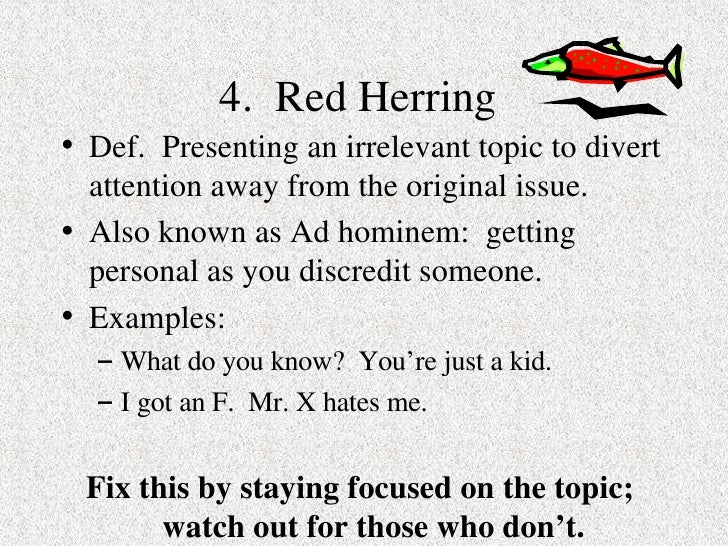


In Murder by Death (1976), Jessica Fletcher (Angela Lansbury) reveals that Professor Plum committed the murder with a candlestick because she had seen it earlier in the film. In his 1891 essay, “The Red-Headed League,” he refers to “those cunning rascals, who will still trap a poor detective into believing that they are red-headed men. The term may have first been used by Sir Arthur Conan Doyle, creator of Sherlock Holmes and one of the earliest innovators in detective fiction. The term comes from the use of a smelly fish - red herrings, which are early in the process of being cured - as a decoy for hunting dogs in training, to divert them from their quarry. This can be used as a form of misdirection and sometimes to deliberately fool the audience. It is often used purposefully to lead investigators down the wrong path as part of a scheme to hide the actual solution. In this example, we see how Sherlock Holmes diverted Watson’s attention.Ī red herring is a plot device often used in mystery fiction, consisting of a misleading or false clue that leads investigators toward an incorrect solution to the plot. The dog that they found is actually a red herring because it does not have any importance to their investigation.Įxample 2) “The Adventure of the Speckled Band” by Sir Arthur Conan Doyle In this example, we see how Sherlock Holmes diverted Watson’s attention from the real clues and made him focus on something else.


The term was then further popularized by another English writer named Sir Arthur Conan Doyle who used this literary device in his Sherlock Holmes series.īelow are some examples of red herrings that you can find in literature:Įxample 1) “The Hound of the Baskervilles” by Sir Arthur Conan Doyle The term “Red herring” can be traced back to various sources but it was first used in 1807 when William Cobbett wrote an article called “cry herring.” It is considered as one of the oldest literary devices still used in the modern crime novels. By using these kinds of clues, the author can divert the audience’s attention to a certain direction while the real clues are being presented elsewhere. This is also known as an intentional distraction. You can see this element of misdirection at work in a lot of stories, including Agatha Christie’s “The Murder on the Orient Express.Ī red herring is a false clue or a misleading clue. The expression eventually made its way into the world of literature, where it was used to describe something that was meant to distract readers’ attention from what was really going on in a story.Ī red herring was inserted into the narrative to throw people off track and keep them from guessing what would happen next. Or it could be done in a more literal sense by using actual red-dyed fish as a distraction for tracking dogs. The scent would catch the dog’s attention and lead it away from the area you wanted to keep them in. Tossing a red herring could be as simple as dragging a whole smoked fish across the ground behind you. In a way, they were often kind of like the poor man’s equivalent of a smoke screen. Red herrings were used to distract hunting dogs from their true target. That’s why the origin of the expression “red herring” is so interesting. It’s always a bit disconcerting when your favorite literary figure is actually based on someone who was very much real. Where Does The Expression “Red Herring” Actually Come From? The actual purpose of red herrings or using them as a method of refutation is to make sure you can properly counter your opponent’s points without having to refute their actual argument.īy making them focus on something else, it actually means you can potentially win the argument without having to address the core issues. They can be used in many different ways, but they always serve to make sure that everyone is talking about something else, meaning that they won’t be able to focus on the original issue. Red herrings are typically used when someone needs to refute an argument that has already been made. They can be used in mystery novels to distract readers from figuring out who committed a crime and why – because once the truth comes out, people see that the red herring was just a distraction and not important at all. Red herrings appear in film and literature quite often as well. This can take many different forms, from making false statements about their political opponents to providing misleading information about their own company and its products. When someone makes an inaccurate statement or misleads others intentionally, they’re using a red herring. What Is a red herring What Is a red herring?Ī red herring is something that distracts someone from the point they were making.


 0 kommentar(er)
0 kommentar(er)
